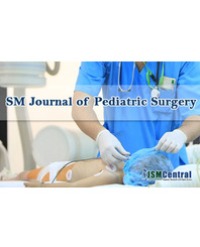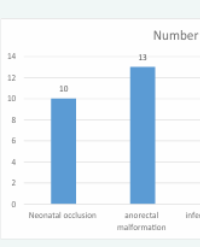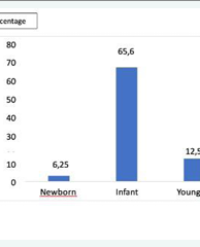
Chylolymphatic Cyst with Midgut Volvulus and Malrotation in Pediatric Population: A Rare Triad and Comprehensive Scoping Review
Introduction: Occurrence of chylolymphaticcyst with malrotation and midgut volvulus is a rare clinical entity and occurs as a result of lymphatic proliferation due to lymphatic obstruction caused by volvulus.
Methods: Since its first inception, very few studies have been published on this topic. We did a scoping review to identify the existence of the said condition in literature. We conducted this analysis using Mesh search terms “Midgut Volvulus”, “Mesenteric Cyst”, “Chylolymphatic Cyst” and “Malrotation” in PubMed, from the inception till current date.
Results: Scoping review revealed that only 13 cases are reported in literature so far. The cyst predominantly occurred in the jejunum (61%) and, to a lesser extent, in the ileum (30%) among the cases investigated. Most postoperative recoveries proceeded without complications, barring two cases identified during postmortem examinations. Intraoperative findings included the presence of a Ladd’s band in 5 out of the 13 cases; however, the referenced studies did not note significant additional anomalies, except for congenital atresia of the transverse colon.
Conclusion: As this is a rare combination of two congenital anomalies, preoperative clinical diagnosis is difficult and requires careful evaluation and surgical management.
Thangavel Prabhakar¹*, Himanshu Acharya², Vikesh Agrawal², Abhishek Tiwari², Rajpal Singh Sisodiya², and Dhananjaya Sharma¹


